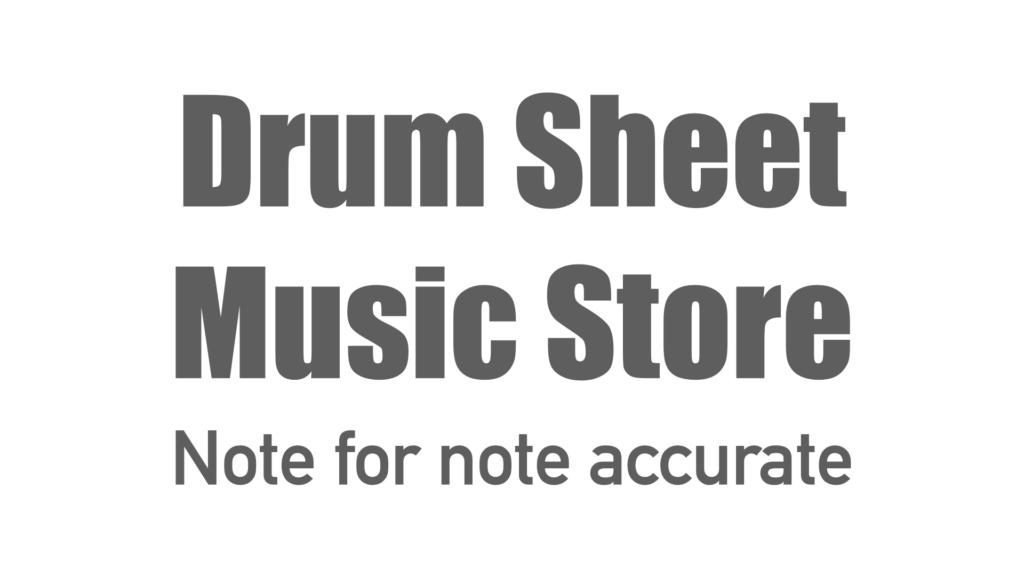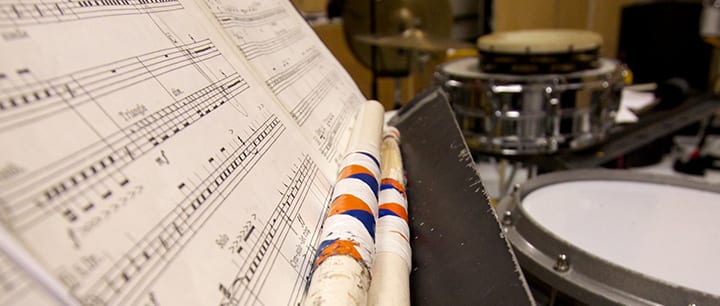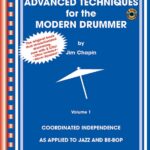-
×
 Evanescence - Bring Me To Life
1 × 3.99 $
Evanescence - Bring Me To Life
1 × 3.99 $ -
×
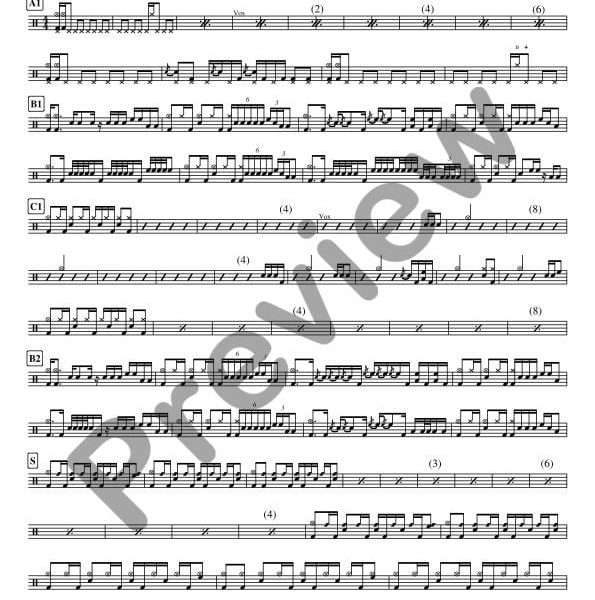 Black Sabbath - War Pigs
1 × 4.99 $
Black Sabbath - War Pigs
1 × 4.99 $ -
×
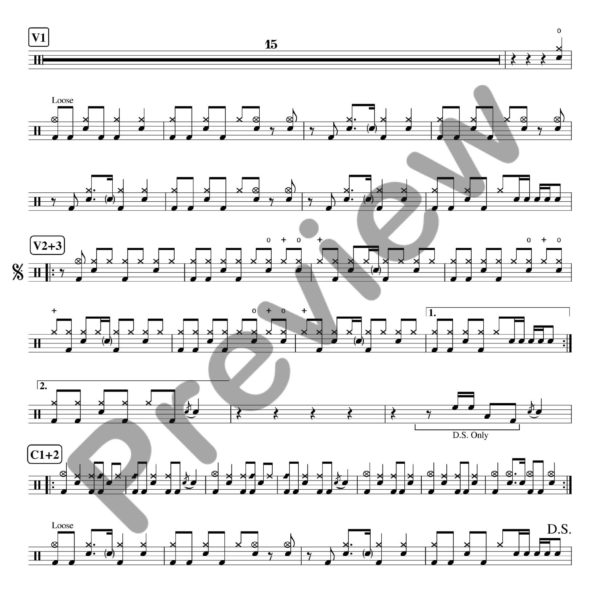 Foo Fighters - All My Life
1 × 3.99 $
Foo Fighters - All My Life
1 × 3.99 $ -
×
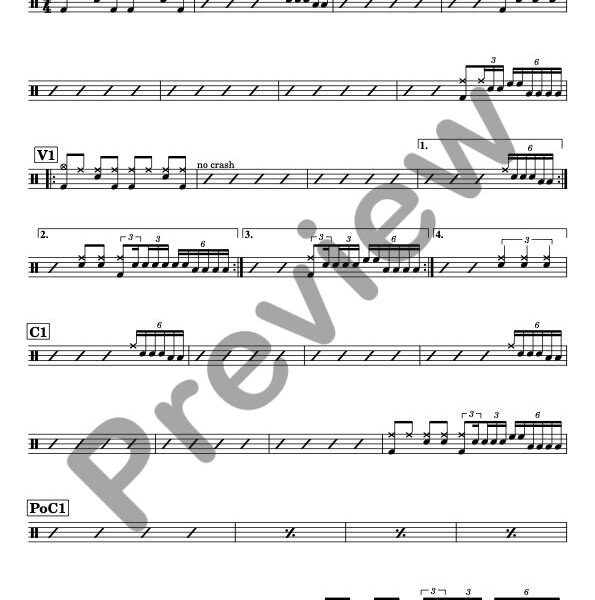 Procol Harum - A Whiter Shade of Pale
1 × 4.99 $
Procol Harum - A Whiter Shade of Pale
1 × 4.99 $ -
×
 Adele - Chasing Pavements
1 × 3.99 $
Adele - Chasing Pavements
1 × 3.99 $
Education
Drum Sheet Music vs. Tabs: What’s the Difference and Which is Better
When it comes to learning how to play drums, there are various resources available to aspiring drummers. Two of the most popular options are drum sheet music and tabs. However, some people are confused about the differences between the two and which one is better. In this blog post, we’ll explore the differences between drum sheet music and tabs and help you decide which one to use.
Drum Sheet Music

Drum sheet music is a highly detailed form of music notation that provides a complete overview of the rhythms and patterns that a drummer should play. It includes all the elements of traditional sheet music, such as notes, rests, and time signatures, but it’s specifically designed for drums. Drum sheet music is typically written on a five-line staff, with each line representing a different drum or cymbal. The notation indicates which drum or cymbal to hit, as well as the timing and duration of each note.
One of the advantages of drum sheet music is that it provides a lot of information and context about the music being played. It shows how the drums fit into the overall song structure and how the rhythms and patterns interact with the melody and harmony. This makes it easier for drummers to understand the music and play it more accurately.
Another advantage of drum sheet music is that it’s suitable for a wide range of genres and styles. Whether you’re interested in rock, jazz, funk, or any other type of music, you can find drum sheet music that matches your interests. This means that drummers can improve their skills by practicing with a diverse range of music.
However, reading drum sheet music can be challenging, especially for beginners who may not have much music theory knowledge. It requires the ability to read musical notation, understand time signatures and rhythms, and identify different drum and cymbal sounds. It can take time and practice to become proficient at reading drum sheet music, but the effort is worth it in the end.
Tabs
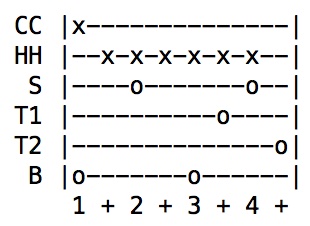
Drum tabs, also known as tablature, are a simplified form of music notation that’s commonly used for guitar and bass. Drum tabs use numbers and letters to represent different drum sounds, rather than traditional notation symbols. For example, a “B” may represent the bass drum, an “S” may represent the snare drum, and an “H” may represent the hi-hat. The timing and duration of each note are indicated by the spacing of the letters and numbers on the tab.
One of the advantages of drum tabs is that they’re much easier to read than drum sheet music. They don’t require any music theory knowledge, and they’re intuitive and straightforward to understand. This makes them an excellent option for beginners who want to start playing simple drum beats and fills.
Another advantage of drum tabs is that they’re widely available on the internet. There are many websites that offer free drum tabs for a wide range of songs and genres. This means that drummers can easily find tabs for their favorite songs and start playing along with them.
However, there are some limitations to using drum tabs. They don’t provide as much information and context as drum sheet music, so they may not be suitable for more complex rhythms and patterns. They also don’t show how the drums fit into the overall song structure, which can make it harder to understand the music and play it accurately.
So which is better?
The answer to this question depends on your skill level and learning preferences. If you’re a beginner drummer, tabs may be the better option because they’re easier to read and don’t require any music theory knowledge. However, if you want to improve your drumming skills and play more complex rhythms and patterns, drum sheet music is the better choice. Drum sheet music provides more information and context than tabs, making it easier to understand how the drums fit into the overall song structure.
In conclusion, both drum sheet music and tabs have their benefits, and the choice ultimately depends on your skill level and learning preferences. If you’re a beginner, start with tabs and work your way up to drum sheet music as you improve your skills. Regardless of which one you choose, consistent practice and dedication are the keys to becoming a great drummer.
